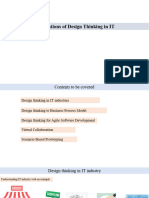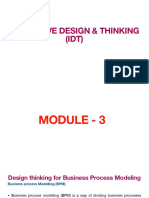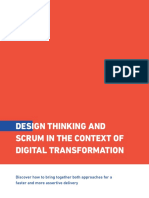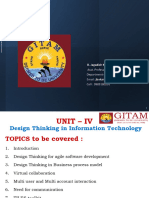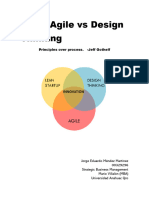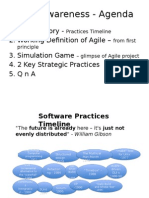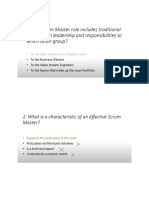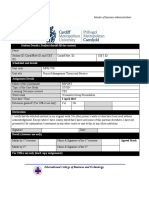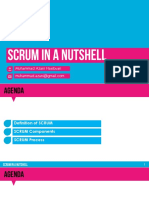0% found this document useful (0 votes)
13 views5 pagesBIDTK258 - Module 3 Lecture Notes
The document discusses the integration of Design Thinking and Agile methodologies in the IT sector, emphasizing their roles in improving business processes and virtual collaboration. It highlights the advantages of using Design Thinking for prototyping, user experience enhancement, and fostering collaboration among cross-functional teams. Additionally, it outlines the importance of scenario-based prototyping for complex software systems, enabling better communication and feedback during the design process.
Uploaded by
2006panchuCopyright
© © All Rights Reserved
We take content rights seriously. If you suspect this is your content, claim it here.
Available Formats
Download as PDF, TXT or read online on Scribd
0% found this document useful (0 votes)
13 views5 pagesBIDTK258 - Module 3 Lecture Notes
The document discusses the integration of Design Thinking and Agile methodologies in the IT sector, emphasizing their roles in improving business processes and virtual collaboration. It highlights the advantages of using Design Thinking for prototyping, user experience enhancement, and fostering collaboration among cross-functional teams. Additionally, it outlines the importance of scenario-based prototyping for complex software systems, enabling better communication and feedback during the design process.
Uploaded by
2006panchuCopyright
© © All Rights Reserved
We take content rights seriously. If you suspect this is your content, claim it here.
Available Formats
Download as PDF, TXT or read online on Scribd
/ 5





